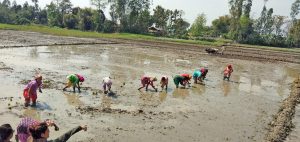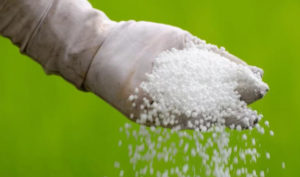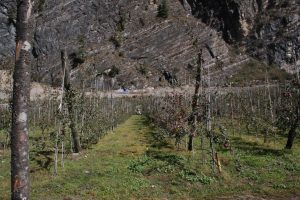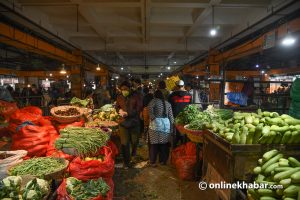Commodities are nature-produced items rather than manufactured ones; they are most often used as inputs in the production of other goods or services.
Currently, there are about 50 major commodity markets worldwide that facilitate the trade of approximately 100 primary commodities. It is split mainly into two major parts: hard and soft commodities. Soft commodities include mainly wheat, soybean, fruits, rice, coffee, livestock etc whereas hard commodities include gold, silver, rubber, copper, zinc, oil and more.
A commodity market is a digital platform for buying, selling and trading primary goods in physical or virtual markets. It is not focused on making benefits and losses, or fixing the price, but it also provides an open platform for a free play-based supply and demand. In the context of Nepal, the commodity market is very young, volatile in which impatient trader lose a lot.
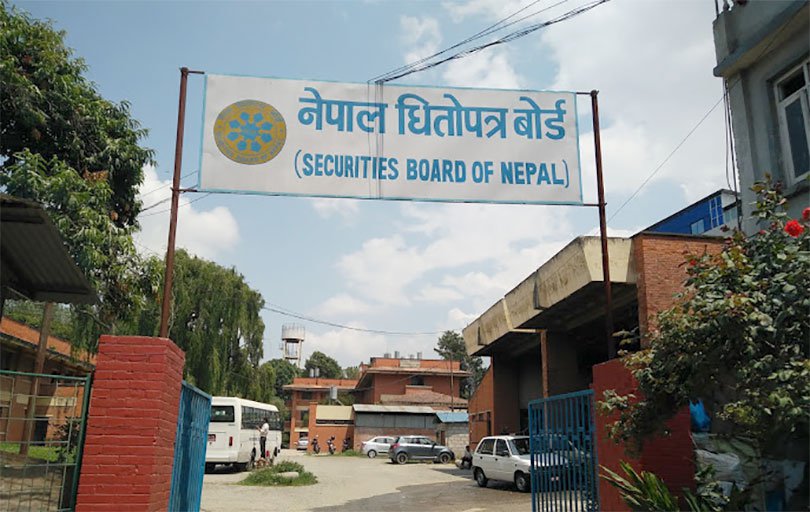
Few companies like Nepal Mercantile Exchange, Commodity Future Exchange, Multi-Derivative Exchange Nepal, National Commodity Exchange and Nepal Derivative Exchange had applied to run the commodity exchange, but the Security Board of Nepal (SEBON) has not approved the licence till date. SEBON has permitted commodity traders to invest in six types of goods such as agricultural products, metals, precious metals, mineral oils, edible oils and others. The agricultural products include 23 goods like cotton, chilli, cashew nut, sugarcane, cardamom, potato, paddy, ginger, fruit and fruit juices.
Nepal is a small country with a small economy, so any changes in any economic sector will impact our economy. As we see clearly today, the service sector is the most important sector of our economy, which is just over 50% of the economy. In this sector, banking and financial institutions play a vital role in dominating the real sectors like agriculture and industry. Furthermore, Nepal’s economy is based on remittance that was equal to about 25.42% of the GDP in the fiscal year 2018/19 when agriculture contributed about 27%, and industry 13.5% to the national gross domestic product (GDP). Moreover, Nepal imports oil products in a huge quantity along with massive food products and has experienced a major trade deficit with neighbouring India. The economic growth rate is badly hit by the Covid-19 pandemic now. It is feared that the rate could be restricted to around 2% this year.

Considering this, a commodity market can be one of the options that will assist in strengthening the economy of the country. It does not work on the behalf of only consumers, producers, corporate investors, and the government, but it also encourages the whole derivative ecosystem, blooming the nation`s economy. Suppose, I am staying in Tulsipur, Dang, and I can buy apples from Jumla on this open free platform at a market price without physical bargaining and zero transportation cost. The farmers which are producers benefit in terms of price and their products are easily guaranteed in the market. The farmers feel null stress about the transportation issue, marketing and agents for selling the products in the market.
The commodity market establishes certified agricultural products as a sector of investment which must be of a standardised quantity and quality, seeking the standard function to preserve the products. No doubt, if the agro-industry enters the commodity market, the agriculture products can take advantage of the standard warehousing stores available in the market.
The commodity market system is beneficial to a large section of the society like farmers, businesspersons, importers, exporters, industrialists, and consumers. Most importantly, the farmers do not need to waste their products on the roadsides because of transportation, marketing and selling barrier which frequently happens in Nepal and becomes viral on social media.
An individual can trade in exchanges at a price upon which the commodity will be available at a future point of time and in the same way producers can safeguard own price by introducing their products in the derivative market. Globally, a majority of commodity exchanges traded are agro-based and Nepal can take great advantage and hold great potential as more than 65% of the people are dependent on agriculture. If the Ministry of Finance regulates the exchanges in our country, the local commodity market will get integrated with the international market that recognises our product in the global market as Nepal is a major production hub with diverse geographical location and soil fertility.
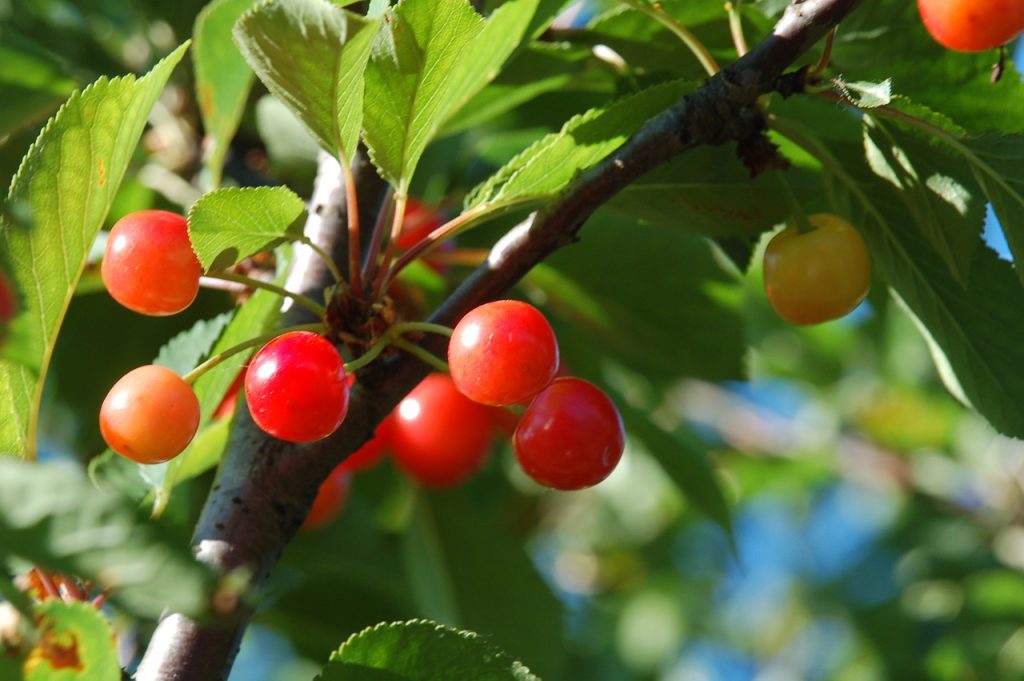
Generally, two methods of fundamental and technical analyses are used for predicting future prices. The fundamental analysis is concerned with the basic supply and demands such as weather patterns, carryover supplies, relevant policies of the government and agriculture reports whereas technical analysis includes the history price movement represented by graph or charts flow which helps to forecast the further market trend.
Despite having such great pros, the commodity market is considered one of the riskiest markets in Nepal because of an unpredictable future market scenario and different legal, credit, liquidity and operational risks. However, the free market flow, easily accessible quality products, a direct connection between buyers and sellers, and great alternatives for investors to diversify their portfolio are the reasons that overshadow its cons. To tackle these issues, the way forward could be the infrastructure and institutional development, free-market policy, good governance and technical human resources that should be considered for its development and sustainability.





